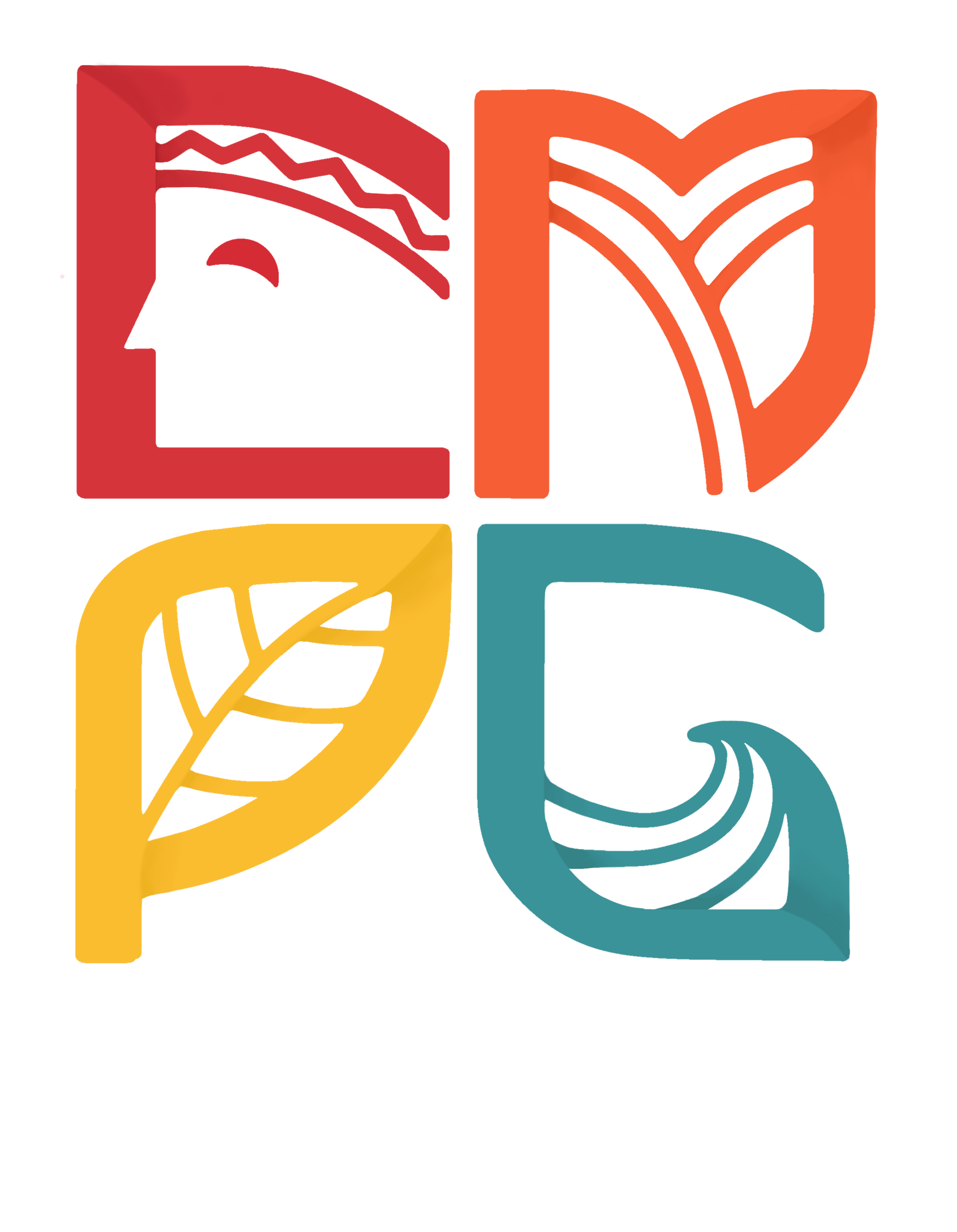The identification, recording, and use of cultural resources of communities. It is a systematic set of activities and methodological processes for discovering, documenting, analyzing, interpreting, presenting, and sharing information related to people, communities, societies, places and their material products, practices and narratives
Something of value handed down from the past as a tradition or by reason of birth. The legacy of physical artifacts and intangible attributes of a group or society that are inherited from past generations, maintained in the present and bestowed for the benefit of future generations.
To access the additional content in the catalogue, please fill up the information needed for your query in the form provided in the Contact Us section and we will respond to your inquiry.
Aklan, Antique, Capiz, Iloilo, Guimaras,and Negros Occidental
As mandated in Republic Act No. 11961 and Republic Act No. 10066, local government units conduct comprehensive cultural mapping of their areas to foster identity formation and pride of place. The project is only made possible through the collaboration between the relevant institutions, the National Commission for the Culture and the Arts (NCAA), the academe, and other cultural agencies
- It Contributes to the identity and branding of a locality
- It Constitutes the base for sustainable and home-grown development
- It captures the history,culture, pride, practical knowledge, and values of the provinces
There are six domains of cultural heritage.
- Natural Heritage
- Intangible Cultural Heritage
- Tangible Movable
- Tangible Immovable
- Significant Personalities
- Significant Cultural Institutions

